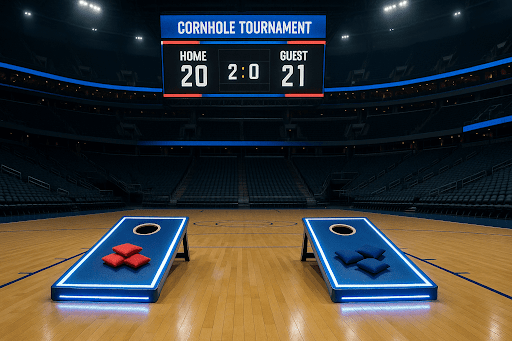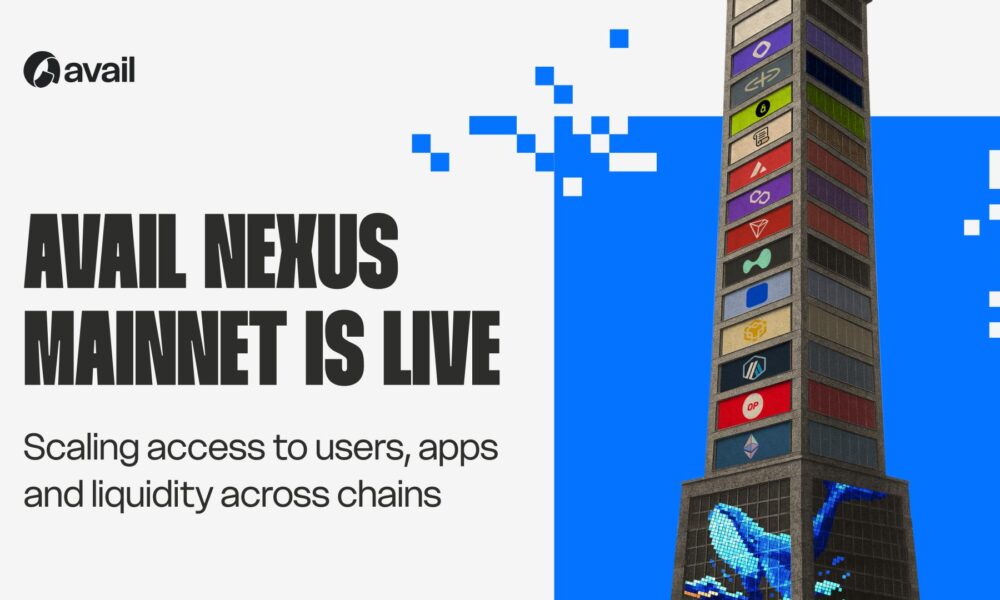Cornhole began as a simple tailgate or backyard pastime – toss some beanbags and laugh. Yet today, this casual, community-driven game has exploded in popularity, even being called “America’s most popular sport,” surpassing swimming and bowling.
Behind the friendly competition, a surprising crossover into technology and finance is underway. Cornhole tournaments now run on digital brackets and scoring apps, players sign million-dollar sponsorships, and the entire industry is growing into a serious market. Whether you’re a tech enthusiast, investor, or just a cornhole fan, the game’s fast evolution is hard to ignore.
In this article we’ll dive deep into the tech and business side of cornhole – from the apps and analytics driving tournaments to the sponsorships and prize pools fueling growth. Along the way, we’ll highlight how a humble game is becoming a startup-like ecosystem, all while staying true to its grassroots spirit.
Sports Technology: Digital Tools for Tournaments
Technology is reshaping how cornhole is played and followed. Tournament directors now rely on mobile apps and digital scoreboards to simplify play, track stats, and engage fans. For example, apps like Scoreholio (built by cornhole enthusiasts) let players register for events, update scores in real time, and automatically update brackets – all from their smartphones.
These tools have unlocked rapid tournament growth: an organizer can launch a league night or multi-day championship with a tap, no chalk or paper brackets needed.
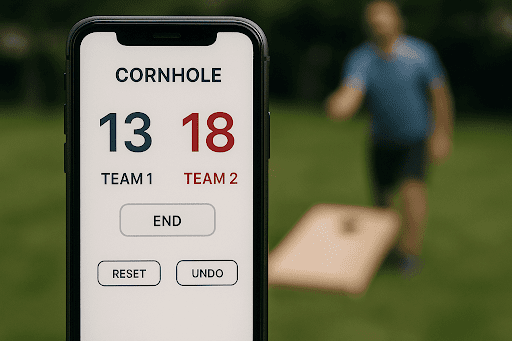
Cornhole’s Leap to National TV
Even the pro leagues have embraced tech. ACL founder Stacey Moore invested heavily in software and broadcasting technology to legitimize cornhole as a spectator sport. By implementing live scoring and stats, the American Cornhole League began streaming events on ESPN3 in 2016 and later on ESPN2.
The technology fueled this TV exposure: Moore notes that “nobody was doing scores and stats” at first, so adding in-app scorekeeping and live graphics made cornhole “legitimate” in broadcasters’ eyes.
Today, hundreds of hours of cornhole action appear on ESPN platforms each season, primarily via ESPN+ streaming. Such media deals broaden the audience, attracting new fans and sponsors.
Cornhole Goes Viral: TikTok, Twitch, and the Social Surge
Besides live TV, cornhole’s digital footprint spans social media and online video. Players and fans share trick-shot videos, tutorials, and live-stream matches on Instagram, TikTok, YouTube, and Twitch.
Pro players like Adrian Johnson amass hundreds of thousands of followers by mixing gameplay clips with behind-the-scenes content. Even casual players can tune into Twitch streams of weekend tournaments or subscribe to cornhole podcasts.
This digital engagement – everything from live brackets on tablets to interactive social feeds – makes cornhole feel more like an e-sport. Fans can follow league standings on their phones and instantly check stats, blurring the line between sitting on a couch and competing at the boards.
Key Tech Trends:
- Bracket & score apps: Tools (e.g. Scoreholio, ACA’s official app) let anyone run a tournament from a smartphone or tablet. Scores, game clocks, and brackets update live.
- Live streaming & broadcasting: With the ACL on ESPN3/2 and countless YouTube/Twitch broadcasts, cornhole reaches viewers anywhere. Modern scoreboards and graphics (often powered by services like ScoreVision) turn local matches into watchable events.
- Fan engagement platforms: Social media and online communities keep fans connected. Leagues post stats and news; players livestream practice; fans use hashtags and apps to follow scores and analytics.
Together, these technologies are making cornhole more accessible and exciting for tech-savvy players and viewers. Simple apps and streaming services mean anyone with a camera and internet connection can share or watch cornhole moments, just as they would any major sport.
Financial Growth: Money, Markets, and Monetization
Cornhole isn’t just growing in popularity — it’s becoming a lucrative industry. Prize pools, sponsorships, and gear sales are all on the rise, transforming this backyard pastime into a multi-million-dollar business.
Million-Dollar Prize Pools: The Game Is Paying Off
Professional players are seeing real money. In 2024 alone, American Cornhole League (ACL) athletes earned about $7.7 million in prize money — more than double the $3.3 million paid out just two years prior in 2022.
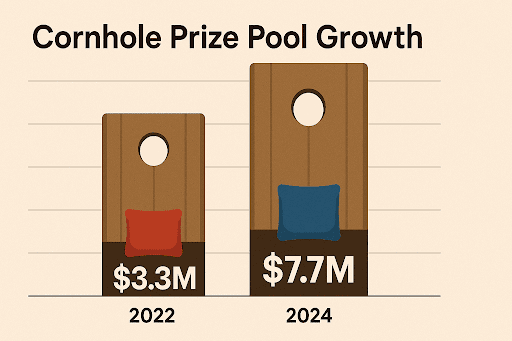
Tournaments now frequently feature $50,000+ prize pools, and the ACL’s “$1,000,000 season” campaign reflects just how much corporate and media money is entering the space. Cornhole is no longer about bragging rights — it’s a serious payday.
The Cornhole Gear Boom: A Growing Global Market
The gear economy behind cornhole is thriving. According to industry research, the global market for cornhole boards, bags, lights, and accessories is projected to reach $169.2 million by 2025, with a forecasted leap to $257.8 million by 2032 — growing at about 6% annually.
Some reports estimate the broader “cornhole” market is already nearing $150 million in 2024, expected to cross $250 million by 2033. This includes everything from custom-designed boards to tournament lighting kits and branded merch.
For entrepreneurs, creators, and e-commerce brands, these numbers signal opportunity — and it’s not just about hardware. Tech startups building score-tracking apps, league software, and cornhole analytics tools are starting to attract real investor interest.
Sponsorships: The Real MVP of Revenue
Sponsorship deals are the financial backbone for many players. The ACL’s title sponsor, Johnsonville Sausage, has its branding on events, live streams, and jerseys. Other major sponsors include Titan Bags, sports apparel brands, and even alcohol and automotive companies tapping into the sport’s growing audience.
Pro player Cheyenne Bubenheim reportedly earns $54,650 a year, split between prize winnings and sponsorship deals. Many athletes add local sponsors to the mix — think Bud Light logos or hometown businesses printed on jerseys. As ACL founder Stacey Moore points out, some players earn half their income from sponsors, offering more stability than unpredictable tournament results.
A Sustainable Model: More Than Just Media Money
Cornhole’s business ecosystem doesn’t rely solely on TV rights — and that’s a good thing. The ACL and other organizers earn revenue through:
- Membership and tournament entry fees
- Sponsorship licensing
- E-commerce and branded gear sales
- Tech partnerships with app or scoring platforms
This diversified model gives the sport staying power. Whether you’re a player, league director, or startup founder, cornhole offers entry points across the value chain — from monetizing your throws to launching a tech-enabled product for fans.
Community & Data: Grassroots Tech and Analytics
As cornhole grows into a professional sport, it hasn’t lost its heart. From backyard games to local league nights, the community remains the foundation, now powered by digital tools and data insights.
Local Leagues, Digital Tools: The New Grassroots
Grassroots doesn’t mean low-tech anymore. Community organizers are adopting tools like Scoreholio, Google Sheets, and Facebook groups to run tournaments, track scores, and engage players.
A typical setup: a local club handles registrations online, shares brackets via app, and posts game-day photos on Discord or Instagram. It’s DIY meets digital — efficient, scalable, and more fun.
Smarter Play: From AI Boards to Analytics Apps
Even casual players are starting to use video analysis and smart gear. Universities like UCF are experimenting with “Smart Cornhole” boards, which use sensors and AI to track toss accuracy and automate scoring. While these prototypes aren’t widespread yet, the trend is clear: smart tech is coming to the backyard.
Players are also exploring throw-tracking apps and video breakdown tools, akin to what’s used in golf or baseball. These technologies could bring coaching-level insights to anyone with a smartphone.
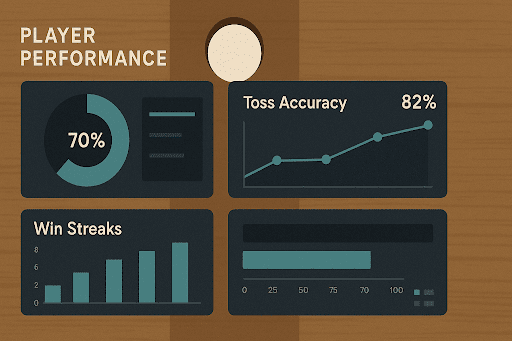
Player Rankings and Stats: Game On
The American Cornhole League (ACL) publishes player stats like win percentages and match histories. Fans can compare data online, fueling discussions and rivalries.
Third-party ranking systems — similar to ELO ratings in chess — are emerging to help track performance across events. This kind of transparency motivates players and gives fans another reason to follow the game closely.
Social Media and Fan Content: Cornhole Goes Viral
Cornhole’s online scene is booming. On platforms like TikTok, Instagram, Reddit, and YouTube, players post trick shots, tournament recaps, and gear reviews.
Pro player Adrian Johnson has over 900,000 followers across social platforms — more than the official ACL accounts. His success shows the power of grassroots influencers, with sponsors eager to ride the wave.
Podcasts like the Big Asp Cornhole Podcast and active Facebook groups keep the conversation going year-round. These digital communities fuel buzz, boost attendance, and drive new fans into the fold.
Online Hubs and Helpful Resources
As more players get involved, online resources have become essential to navigating the growing cornhole scene. Whether someone’s just learning the cornhole rules, researching cornhole bags and boards, or looking for local events, a quick search turns up dozens of community-driven blogs and websites.
For those trying to compare gear, understand gameplay formats, or find tournament listings, there are dedicated sites that bring everything together in one place. These platforms don’t just sell equipment — they help players make sense of it all, from rule changes to league culture.
Cornhole isn’t just something you play on weekends anymore — it’s searchable, shareable, and increasingly connected online.
Innovation in Gear: High-Tech Boards and Accessories
Next-Gen Boards: From Wood to Weatherproof
Traditional wooden boards still dominate, but lightweight composites and aluminum frames are making games more durable and consistent — no warping, no weather damage, just clean bounces and portability.
Lighting the Game: LED Kits for Night Play
Clip-on LED rings and edge lights have become must-haves for nighttime games. Some even come with color controls or strobe effects, adding both visibility and flair.

The Rise of Smart Boards and Sensors
From bag-tracking sensors to auto-scoring systems, smart board technology is emerging fast. Prototypes already track throws, angles, and points — hinting at an ultra-competitive future powered by data.
Customization Goes Pro: Boards with Personality
Custom printed boards and personalized bags aren’t just for aesthetics — they’ve become branding tools for players, sponsors, and businesses hosting events.
Premium Gear for Serious Play
Accessories like carbon-fiber bags, laser-etched boards, and pro-style carry cases are part of the growing cornhole equipment market — showing how serious players are about performance and style.
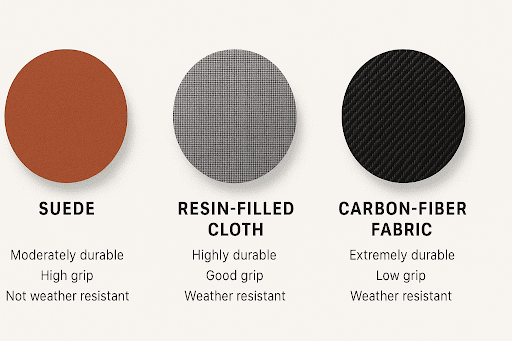
Conclusion: A Growing Game, a Tech-Driven Future
What started as a backyard pastime has become a full-fledged tech-savvy sport. Cornhole’s blend of community fun and entrepreneurial energy shows why it’s catching on with investors and techies alike. Tournament apps, live streaming, and social media have brought a modern edge to an old favorite, while sponsors and prize money have turned casual champs into professionals. At the same time, the heart of cornhole – friendly competition and DIY spirit – remains intact.

